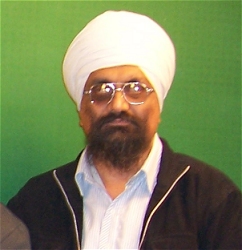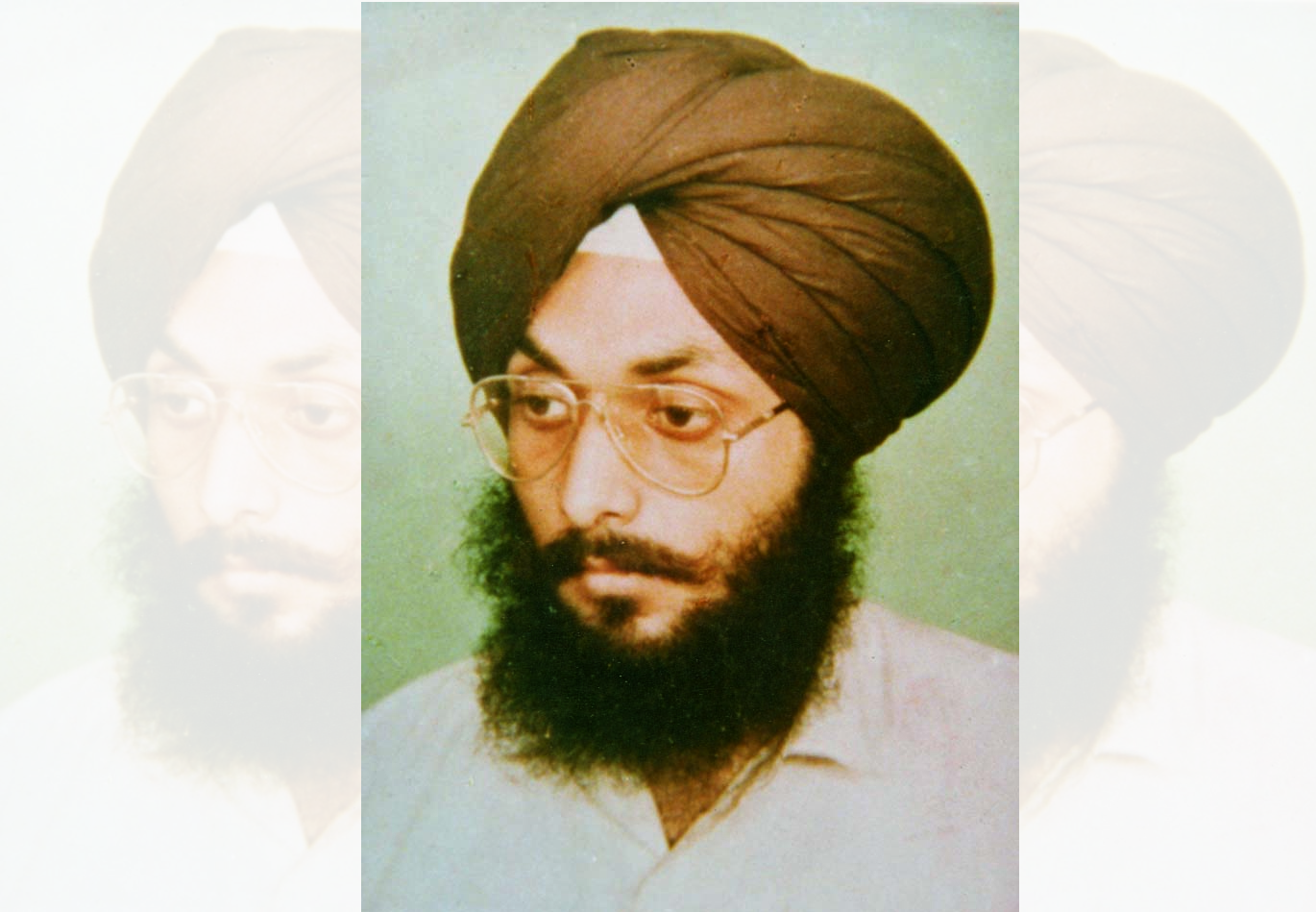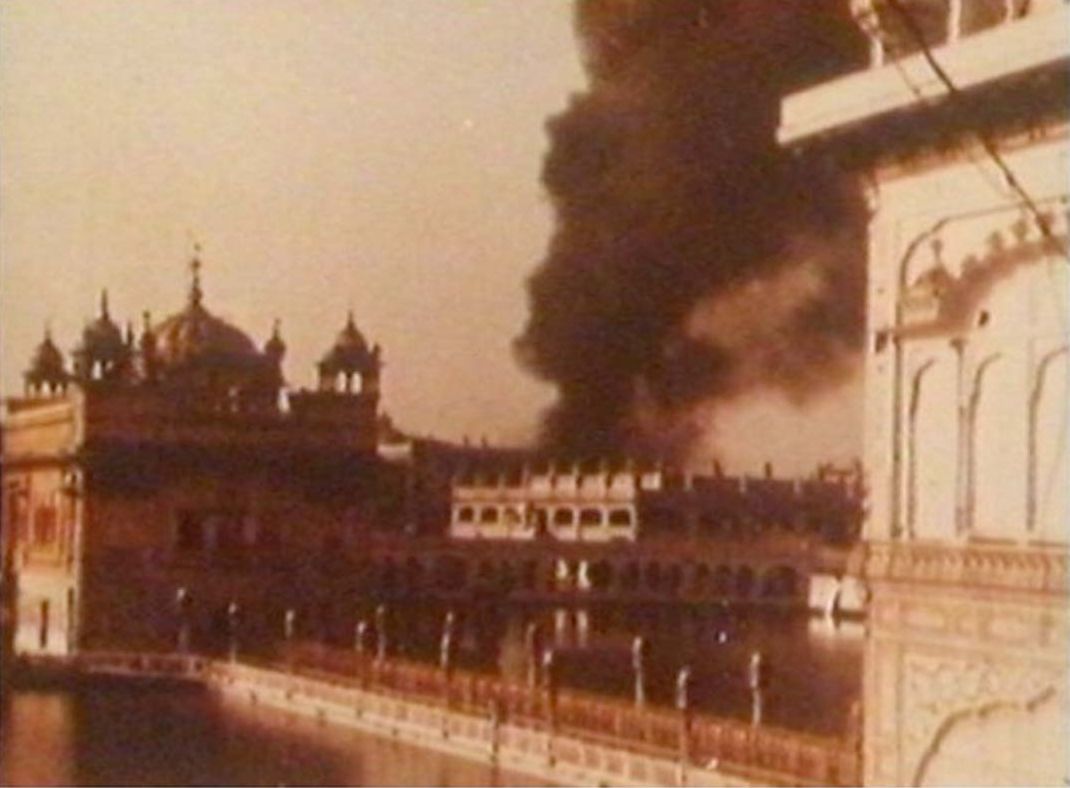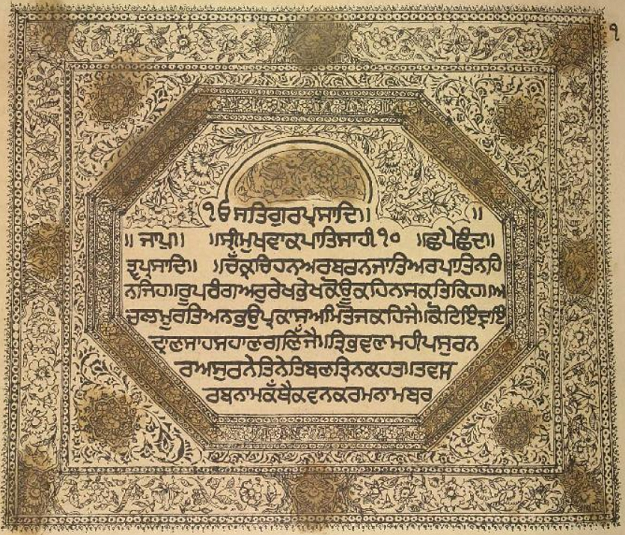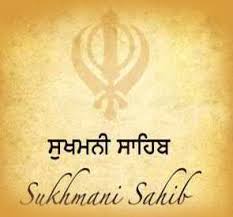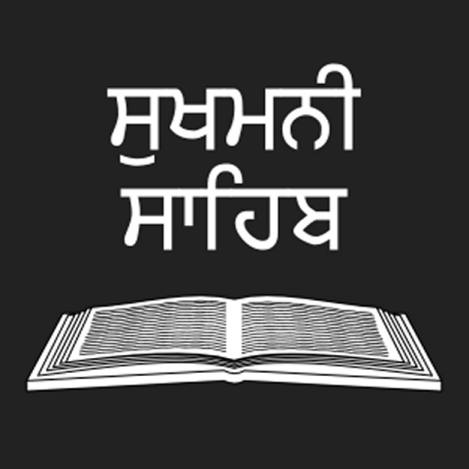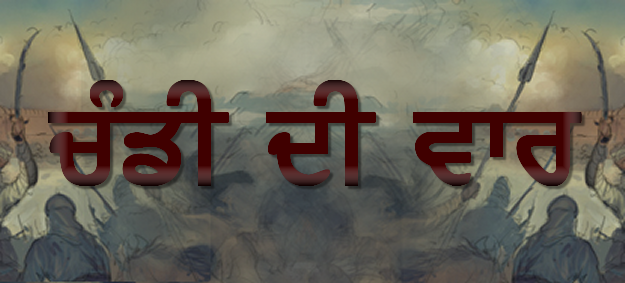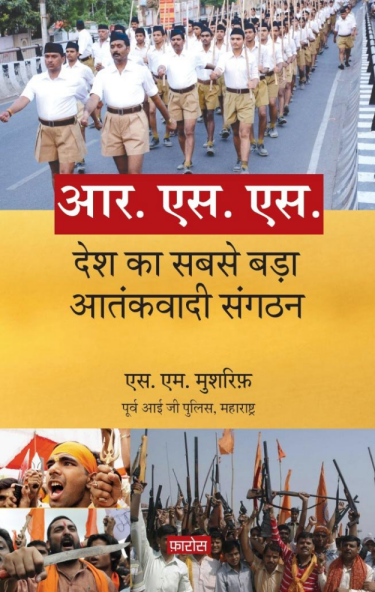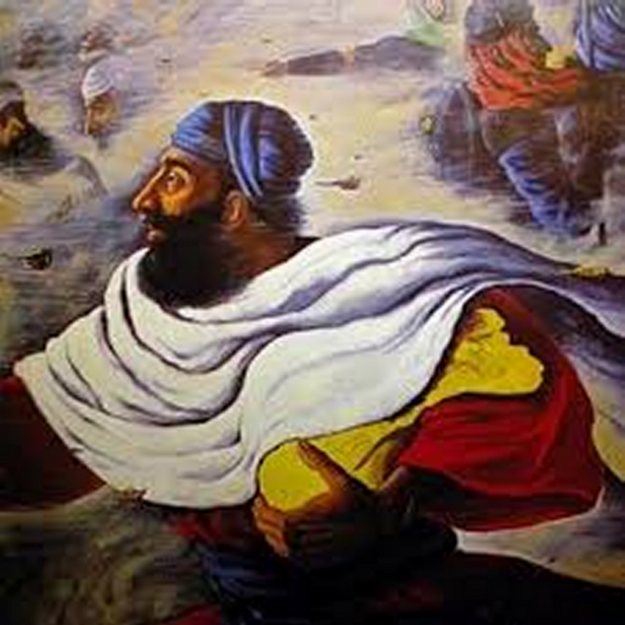
Foreword: This document has been produced by the National Sikh Heritage Centre and Holocaust Museum (Derby, UK) in partnership with the Sikh Community and Youth Services (Nottingham, UK). It reproduces a report to the Chief Minister, Punjab Government, written on 1st January 1976 by W.G. Archer, which discusses his search for the Kalgi and sword of Sri Guru Gobind Singh Ji.
This report was discovered in the archives of the British Library by the research teams of the National Sikh Heritage Centre and Holocaust Museum and the Sikh Community and Youth Services (Nottingham).
W.G. Archer was a curator at the Victoria and Albert (V&A) Museum (London, UK) and sadly died in 1979. He played a pivotal role in liaising with the great-great-grand-daughter of Lord Dalhousie for the purchase of the Sacred Shasters of Sri Guru Gobind Singh Ji in 1965 for return to Sri Anandpur Sahib. The purchase price is believed to have been £25,000, which in today's terms is in excess of £753,500. Clearly, the Sikh sentiments were exploited to the full by the greed of the Dalhousie descendants. Evidence discovered in archives by the research teams and which will be published by the National Sikh Heritage Centre and Holocaust Museum support this fact.
It is not clear whether the report was actually ever sent to Giani Zail Singh; but what is known is that W.G. Archer had traveled to Panjab and met Giani Zail Singh along with other Sikh scholars. The report has been left in its original form with all the typos found in the original.
Interesting points to note from this report are that:
1. A number of Sikh scholars had genuinely tried hard over several years to find the Kalgi and the two missing Kirpans of Sri Guru Gobind Singh Ji.
2. The V&A Museum's experienced curator had assisted them.
3. The V&A made a further unsuccessful attempt in 1998-99 when preparing for the exhibition and book, 'The Art of the Sikh Kingdoms', to once again search for one of the missing Kirpans. The Museum has confirmed recently to us that there is no real prospect of finding it at the V&A and as it was not marked in any way. Its identification will be near impossible.
Reproduction of a report by W.G. Archer (Victoria and Albert Museum ) to the Chief Minister of Punjab regarding the Kalgi and sword of Sri Guru Gobind Singh Ji
MSS Eur F236/214
REPORT BY W.G ARCHER ON THE SACRED KALGI OF GURU GOVIND SINGH
1. In November 1975 Mr Mohinder Singh Gill, M.P, Mr Tarlochan Singh and Nirmal Singh interviewed me concerning the possible whereabouts of the Guru Govind Singh relics in this country and the possibility of their return to Punjab. I assured them of my fullest cooperation but warned them that in light of my failure to locate the Kalgi and the Guru's principal sword ten years ago the quest might well prove long and arduous. They had themselves seen a turban ornament in the Indian section of the Victoria and Albert Museum which they felt might conceivably be the Kalgi and I promised to see if there were any circumstances.
2. As first step I obtained a photograph of the turban ornament and sent a copy of it to Lady Edith C. Broun Lindsay great grand-daughter of Lord Dalhousie asking her if by any chance an ornament of this type had ever been in the Dalhousie ancestral collection and if so, whether it was still in her procession. I felt sure that if she indeed possessed one she would certainly say so and provided there was nothing in its previous history to contradict the possibility we might reasonably conclude that this was what it was. I wroted on 24 November 1975 and Lady Broun Lindsay replied 4 December. Due to extraordinary delays in the Christmas posts, however, the letter did not reach me until 24 December. In her reply, Lady Broun Lindsay said that no such jeweled ornament had ever to her knowledge been with the family.
3. I was naturally disappointed with this reply but it did, however, force me to rethink the whole matter, especially in view of the fact that not only the printed documents but Lady Broun Lindsay's own papers showed that the Kalgi was undoubtedly been given to Dalhousie by te Company's Court of Directors. Some of his possessions had been sent to England in 1853, but an inventory later drawn up by Dalhousie shows his set of relics was still with him and there is a clear directive by him that these relics included the kalgi, were to go to England to me I,e to Dalhousie.
4. From this I was led to reconsider the exact meaning of kalgi in case we had been misled and had not fully realised what we were searching for. The dictionary meaning of kalgi is a 'prince's feather or plume' and the illustrations in my book, Paintings of the Sikhs, as well as portraits of the Mughal emperors, show precisely this type of article being worn on turbans. It consists of an actual bird's feather or bunch of feathers stuck into a metal holder or container and attached to the turban.
In many portraits, a separate turban ornament, exactly as in the photograph sent to Lady Broun Lindsay, is also being worn and the consensus of opinion amongst those of my colleagues whom I have so far consulted, is that the photograph is not of a kalgi but of a sarpesh. This view was confirmed when, a few days later, I consulted the India Office Records and ascertained the circumstances in which the turban ornament in the Victoria and Albert Museum had been acquired.
5. The ornament had been transferred to the Victoria and Albert Museum from the old India Office which had acquired it in 1868. In February of that year a certain Colonel Charles Seton Guthrie who had left India in 1862 had begun negotiations with the old India Office for the purchase of his large collection of jades and crystals. While these negotiations were going on, he had acquired the turban ornament and a jade cup on the European market and te 24 August 1868 he had written from London to the India Office presenting the two objects on the grounds that they had been acquired after the negotiations had commenced. He did not call the turban ornament a kalgi but described it as a jeweled jade jeegah or sarpesh with rubies, emeralds and oriental topazes in which upwards of 100 carats of precious gems must have been used.
6. During my work on the India Office records I also looked up Dalhousie's original letter to the court of Directors dated 19 December 1850, no.50 (not 507 as printed in the booklet by Mr Nahar the letter itself. In the letter Dalhousie described the relics as 'a set of arms including spear, sword etc, which Sikh traditions assert to have belonged to the Gooroo Govind'. He adds 'It would not be politic in my opinion to permit any Sikh institution to obtain possession either by way of gift (for the intrinsic value of them is significant) or by means of sale of these sacred and warlike symbols of a warlike faith'. No one could claim that the intrinsic value of the Guthrie piece was insignificant. On the contrary it is very valuable indeed. I felt therefore that Guthrie's own description of piece as a sarpesh must be accepted and that we must look elsewhere for 'a prince's feather or plume' the kalgi.
7. The phrase 'Kulghee-ikuch (Kalgi-i-kanch), however, still puzzled me. Everyone seemed agreed that the most usual meaning of 'kanch' is glass and in the Lahore treasurer's report on the relics in 1851, the phrase is In fact translated as 'a crest of glass' (with significant addition, 'in a silver case') and in Dalhousie's own list it is noted as a kalgi a glass plume'. Dalhousie was fully aware of the differences between various materials and he would not have confused glass with jade. Since none of the portraits I have seen show a plume made of anything but actual bird's feathers and those portraits of Guru Govind Singh which I have published also show him with feathers, I felt that 'glass' could only apply to the holder or container in which the feather or bunch of feathers was put. If that was so, a clearer translation of the phrase 'kalgi-i-Kanch' would have been 'a crest, plume or feather in a glass holder '. Ten years ago Lady Broun Lindsay told me that she had never seen an article involving feathers or glass in the Dalhousie collection and we had therefore sadly concluded that if it had in fact safely reached England after Dalhousie's retirement in 1856, it must have somehow disintegrated , got broken or been lost.
The phrase 'in a silver case' did, however, strike me as a new ad important clue and I have therefore written again t Lady Broun Lindsay asking whether she can recall 'a silver case' or box -even a silver case now empty - which might conceivably have held the feather and its glass holder.
8. All the time, however, I found it rather difficult to believe that both Dalhousie and the treasurer would have distinguished a kalgi merely by its holder and on the chance that the word 'glass' could apply to the plume itself, as against the holder, I consulted Mr. Robert Charleston of the Victoria and Albert Museum, one of the world's leading authorities on glass-making. To my astonishment he immediately showed me a photograph of a plume made out of spun-glass threads. The technique it seems, was perfected in Europe in the 17th century and was still being practiced in the early 20th. A great variety of objects could be made by it, including plumes and feathers for head decorations. The techniques, so far as I know, had never been practiced in India, but since glass hookah bowls were exported to India from West from 17th century onward, there seems no reason why glass kalgis, produced in Europe, could not have reached India and been greatly admired. Spun - Glass kalgi would not have struck Dalhousie as of any 'intrinsic value' but that does not mean that he and his descendants would not have treasured it. None the less, no kalgi, whether glass or natural feathers, was or had been in Lady Broun Lindsay's possession when I discussed the matter with her.
9. As regards the principal sword of Guru Govind Singh, this was definitely received into the Company's Museum and must almost certainly be in the Indian section of the Victoria and Albert Museum among the many other swords which were transferred to it when the India Office Museum wound up. Unfortunately the inventory which accompanied the weapons did not specify which was the Guru's. It was however, quite customary for important swords to be engraved with hyms, prayers and names in Persian or Gurmukhi and it may well be that if a Sikh scholar could carefully examine such weapons the Guru's sword might be identified.
There for the moment is where the matter rests. I feel that the next most practical step would be to set up a three man commission, perhaps headed by Professor J.S Grewal, Professor of History, Guru Nanak University, Amritsar, to investigate thoroughly the history of the relics and to reach independent conclusions. Such commission might choose a Sikh scholar or graduate who could work both the Indian and British records and perhaps undertake a post-graduate degree under the auspices of the school of Oriental and African Studies, University of London. This would give his work a scholarly authority. I need hardly to say that I myself will only be too happy to give whatever advice and assistance I can.


